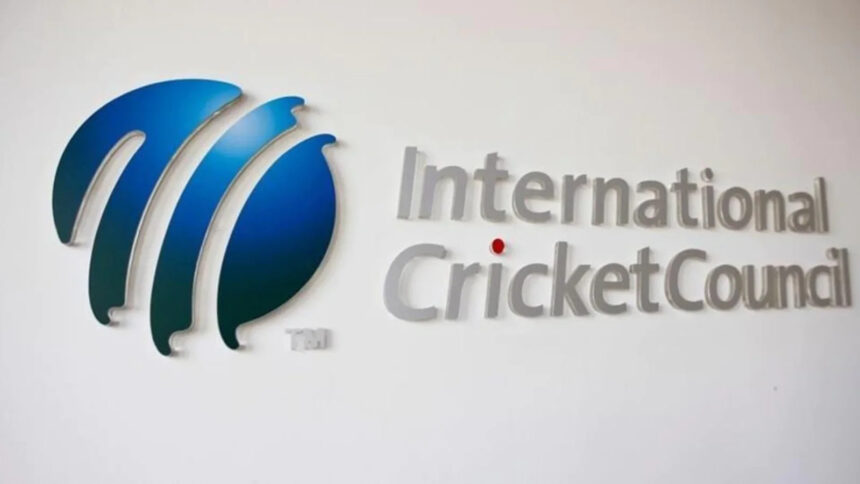Recently, the ICC approved several changes to the playing conditions for men’s international cricket. Among these are the use of a new ball from the 35th over in ODIs and updated boundary rules.
Some of these rules have already come into effect in the new cycle of the World Test Championship (2025-27). The white-ball versions will be implemented starting July 2.
Stopwatch rule in Tests
This rule was introduced in the white-ball formats a year ago and now ICC has decided to apply it in Test cricket as well. Slow over-rates have been a longstanding issue in Tests. According to the rule, the fielding side must be ready to start a new over within one minute of finishing the previous one. Failure to comply will result in two warnings from the umpires, after which a five-run penalty will be imposed on the fielding team. The warning count resets every 80 overs. This rule is already active in the new Test Championship cycle (2025-27).
No mandatory ball change for saliva
Although the use of saliva on the ball remains banned, the ICC has removed the mandatory ball change if umpires detect saliva on the ball. This prevents teams from deliberately applying saliva to force a ball replacement. Umpires can still replace the ball if it becomes excessively wet or shiny. The decision rests solely with the umpires. If saliva is detected but the umpires feel the ball does not need replacement and it later swings abnormally or behaves unusually, it cannot be changed. In such cases, five runs will be added to the batting side’s score.
Second review in DRS
Imagine a batsman is given caught behind but takes a review, and ultra-edge shows the ball did not touch the bat but hit the pad. The original decision is overturned, and the third umpire now checks via ball-tracking whether the batsman is LBW. Previously, after overturning a caught behind appeal, the third umpire would automatically declare ‘not out’ for LBW as well. Under the new rule, if the original decision was out and the batsman is LBW according to ball tracking, he will be given out.
Consolidated review
When a player and umpire both take a review together, it is termed a consolidated review. Currently, the third umpire reviews the on-field umpire’s referral first, then the player’s. The ICC’s updated playing condition 3.9 states: ‘If the batsman is out on the first incident, the ball is then dead, making a second review unnecessary.’ For example, in LBW and run-out appeals, the third umpire checks the LBW first because it happened first. If the batsman is given out LBW, the delivery is considered dead immediately.
Catch reviews on no-balls
If on-field umpires are unsure whether the fielding side took a legal catch but celebrate, and the third umpire calls the delivery a no-ball, the earlier playing conditions stated no need to check catch validity. Now, under the updated rules, the third umpire must confirm whether the catch was legal even on a no-ball. If the catch was legal, the batting team gets just one run for the no-ball. If the catch was not legal or unclear, any runs taken by running will count towards the batting score.
Deliberate short run
Previously, if a batsman deliberately took a short run (not grounding his bat or foot inside the crease) and was caught, the batting side was penalized five runs. Under the new rule, if this happens, the umpires will ask the fielding side which batsman they want to face the next ball, effectively allowing the fielding team to decide the striker. The five-run penalty remains.
Full-time substitute fielder in domestic cricket
This rule will come into effect if a player suffers a serious injury. The ICC has informed boards that they may trial full-time substitute fielders in first-class domestic matches. Similar to concussion substitutes, the substitute must be ‘like for like,’ and the injury must be obvious to match officials. Hamstring or muscle strains will not qualify. This will be trialed and its permanent adoption depends on each member board’s decision.






